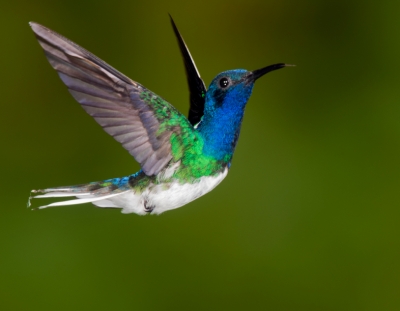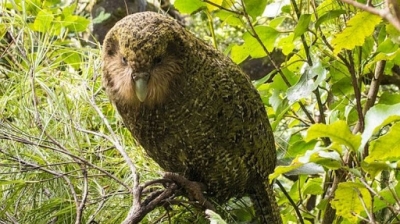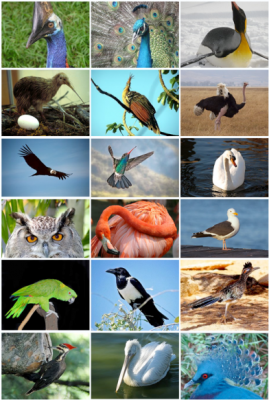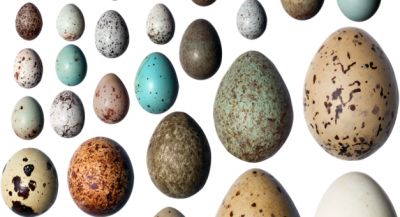
Among the tiniest of birds, hummingbirds are endemic to the Americas. There are over 300 species of hummingbirds, with the highest numbers in South America. Jewel-like in appearance, they flap their wings with incredible speed. In fact, they get their name from the hum their wings generate while flapping. They not just fly sideways and backwards, but are the only birds that can sustain hovering for at least 30 seconds. Come, let’s find out more about this interesting bird.
With a heart rate of at least 500 beats a minute, the unimaginably fast beating of the wings, and sustained hovering, it should be no surprise that hummingbirds have the “highest energy expenditure of any warm-blooded animal”. Which means whatever energy they gain by feeding is spent quickly, and they require re-fuelling constantly. Because of this, they must consume food – invariably nectar – that’s more than their body weight every day. But unlike humans who need several hours for their food to energise them, a study (during which the birds were fed cane nectar) showed that hummingbirds required much less time. The study “showed that within 20 minutes of feeding, the hummingbirds were supporting more than 90 percent of their hovering needs with the cane” nectar. Also, though the fast-beating wings expend energy, these very wings also help the birds hover while feeding. Studies have shown that unlike other birds, hummingbirds “generate lift on both the downstroke and the upstroke of their wings”, like bees and flies. Most other birds generate lift only on downstrokes.
The hummingbird’s tongue is interesting too. Because of how quickly they gulp nectar, it was imagined that their tongue worked like straws. However, it turned out that the tongue is forked. High-speed films captured the working of a hummingbird tongue – “Each tube of the tongue unfurls to snatch the nectar in a hundredth of a second. Then the birds pump the liquid into their gullets by squeezing their beaks.”
Did you know?
According to the Guinness World Records, the smallest bird is the bee hummingbird of Cuba. Males measure 57 mm in total length, half of which is taken up by the bill and tail, and weigh 1.6 g. Females re slightly larger. This is believed to be the lowest weight limit for any warm-blooded animal.
Picture Credit : Google



